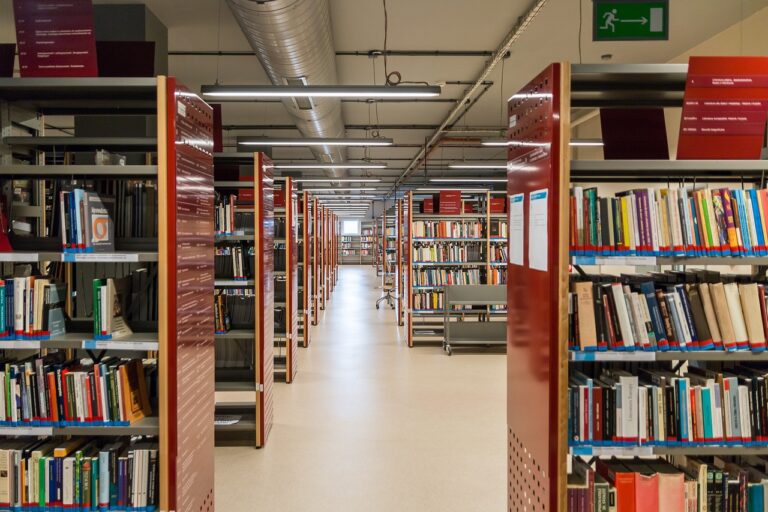Leveraging Project-Based Learning for Community Problem-Solving
Project-based learning is a dynamic educational approach that allows students to apply their knowledge and skills to real-world issues within their communities. By engaging in hands-on projects that address local challenges, students develop a deeper understanding of the subject matter while actively contributing to solutions. This active learning process not only enhances students’ critical thinking and problem-solving skills, but also fosters a sense of civic responsibility and empathy towards others.
Through project-based learning, students have the opportunity to collaborate with peers, community members, and experts in various fields. This collaborative effort not only enriches students’ learning experiences, but also cultivates essential communication and teamwork skills that are invaluable in addressing complex community issues. By immersing students in authentic, real-life scenarios, project-based learning equips them with the knowledge, skills, and mindset needed to make a positive impact on their communities.
Defining Project-Based Learning and its Benefits
Project-Based Learning (PBL) is an instructional approach that allows students to learn by actively engaging in real-world challenges and problems. In this educational method, students work on projects that require critical thinking, collaboration, and problem-solving skills. PBL moves away from traditional memorization and regurgitation of information, instead emphasizing the application of knowledge in practical scenarios. By immersing students in hands-on projects, PBL helps them develop a deeper understanding of content and fosters a sense of ownership over their learning.
One of the key benefits of Project-Based Learning is that it promotes interdisciplinary learning and encourages students to make connections across various subjects. Instead of compartmentalizing knowledge into separate subjects, PBL integrates concepts from different disciplines, reflecting the interconnected nature of real-world issues. This approach not only enhances students’ ability to think across boundaries but also prepares them for the complexities of modern society where problems often require multifaceted solutions.
What is project-based learning?
Project-based learning is a teaching method in which students gain knowledge and skills by working for an extended period of time to investigate and respond to an authentic, engaging, and complex question, problem, or challenge.
How does project-based learning benefit students?
Project-based learning helps students develop critical thinking skills, problem-solving abilities, collaboration skills, and creativity. It also allows students to apply their learning in real-world contexts and fosters a sense of ownership and pride in their work.
How does project-based learning contribute to community problem-solving?
Project-based learning encourages students to engage with real-world problems and challenges in their community. By working on projects that address local issues, students can make a positive impact and contribute to the betterment of their community.
Are there any specific examples of successful project-based learning initiatives?
Yes, there have been numerous successful project-based learning initiatives implemented in schools around the world. For example, students may work on projects related to sustainability, social justice, public health, or community development.
How can teachers incorporate project-based learning into their curriculum?
Teachers can incorporate project-based learning into their curriculum by designing projects that align with learning objectives, providing students with the necessary support and resources, and allowing for flexibility and creativity in the project process.





